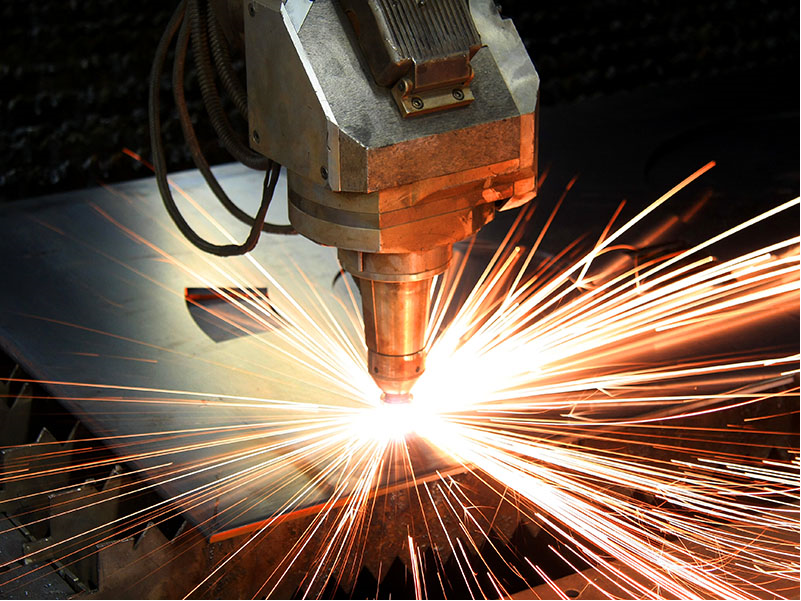Reuters has recently published an eye-opening report on the effect of the steel tariffs implemented by the Trump administration.
Reuters reports: “The tariffs, which came into effect on March 23, have driven up raw material costs and caused supply delays, rendering the manufacturers’ “Made in the USA” products uncompetitive against their foreign rivals.” (Source: As Trump’s tarrifs bite, small U.S. manufacturers begin to tap the brakes.)
To be clear, the purpose of this post is not to debate the merits or demerits of the tariff policy. Ours is to simply point out that to remain competitive, manufacturers in the metals industry must focus anew on the variables they can control. You must ensure that your manufacturing business is doing everything it can to improve your competitiveness in an increasingly challenging business environment.
Three areas to investigate for improvement include:
- Time Buffers – A good way to lose a good customer is to deliver their work past due. Insist on production scheduling functionality that includes a time buffer that updates dynamically, in real-time. Your system should be smart enough to tell you how soon to begin the jobs and workorders that are supplying your customer orders so that your due dates – and the commitments you’ve made to those customers – are protected. A time buffer does just that. But you don’t want to send work out to the shop too early, either (see point 2 below).
- Control the Release of WIP – Google ‘Little’s Law’ and you’ll see: the less you put into WIP, the faster whatever is in WIP will flow through the shop! Putting too much work out into WIP clogs up resources, increases wait times and creates confusion about which job to work on next. Make sure that you have a production scheduling framework in place that protects you from putting too much work into WIP. Avoid the temptation to release work early! “Gee, the sooner we get that material out onto the manufacturing shop floor, the sooner it will be out and done, right??” Seems “intuitive”, but Little’s Law brings us back to reality – it’s called a “Law” for a reason! Sending more into WIP makes whatever is in WIP move more slowly. Putting less into WIP, speeds flow!
- Order Prioritization – Almost every finite scheduling or Advanced Planning and Scheduling methodology will have you prioritize and execute work orders / jobs based on their due date. Don’t fall into this trap! Especially if you’re a Hi-mix, low-volume (custom) type manufacturer. The folks out on the shop floor know this, and it’s one of the reasons there’s such a low adoption rate for production scheduling software in manufacturing companies today: By working on the job with the earlier due date, you may well be making a job with a later due date more at risk of being late, than the job due earlier based on the number, extent and time required of the downstream operations of the job with the later due date.
We understand that protectionist trade policies are leading some metals manufacturers to take a more cautious approach. However, if you are among the forward-thinking manufacturers who want to progress while others put their investment and hiring plans on hold, solutions are available to help you take action and regain control.
_See how these three concepts are combined to make dramatic improvements in your company’s manufacturing business performance, specifically around production scheduling and manufacturing execution on the shop floor. _
If you’re frustrated by having to tell customers you’re going to be late, watch this 7 min video: How this production scheduling approach is bringing manufacturing back
